Sparse Distributed Memory

Summary
Motivated by the remarkable fluidity of memory the way in which items are pulled spontaneously and effortlessly from our memory by vague similarities to what is currently occupying our attention Sparse Distributed Memory presents a mathematically elegant theory of human long term memory.
The book, which is self contained, begins with background material from mathematics, computers, and neurophysiology; this is followed by a step by step development of the memory model. The concluding chapter describes an autonomous system that builds from experience an internal model of the world and bases its operation on that internal model. Close attention is paid to the engineering of the memory, including comparisons to ordinary computer memories.
Sparse Distributed Memory provides an overall perspective on neural systems. The model it describes can aid in understanding human memory and learning, and a system based on it sheds light on outstanding problems in philosophy and artificial intelligence. Applications of the memory are expected to be found in the creation of adaptive systems for signal processing, speech, vision, motor control, and (in general) robots. Perhaps the most exciting aspect of the memory, in its implications for research in neural networks, is that its realization with neuronlike components resembles the cortex of the cerebellum.
Pentti Kanerva is a scientist at the Research Institute for Advanced Computer Science at the NASA Ames Research Center and a visiting scholar at the Stanford Center for the Study of Language and Information. A Bradford Book.
Similar Books
-
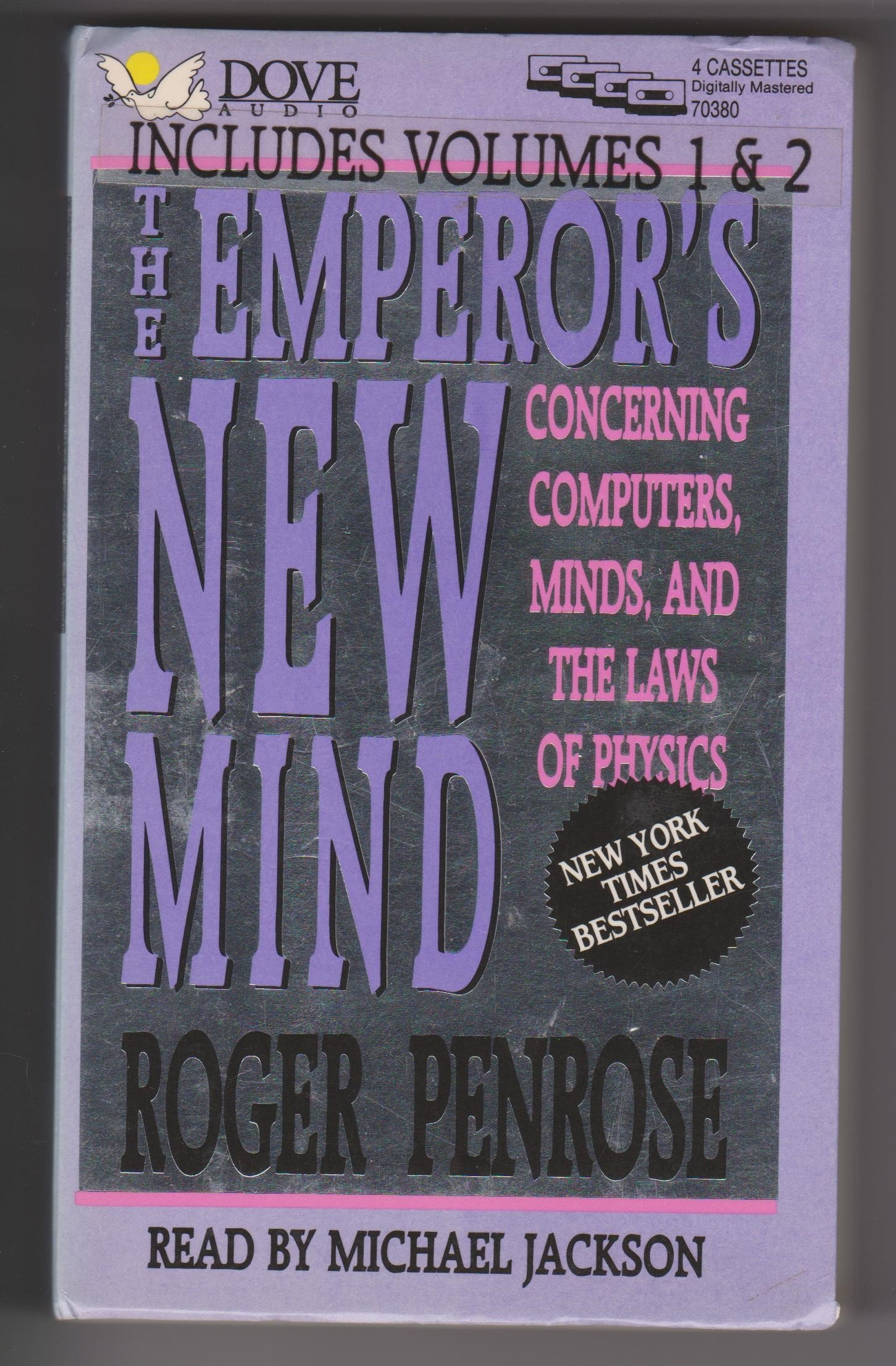 Emperors New Mind
Emperors New Mindby Roger Penrose
-
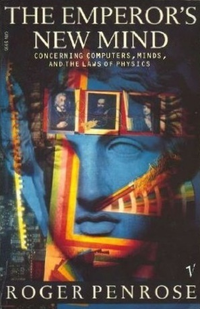
-
 The Quark and the Jaguar: Adventures in the Simple and the Complex
The Quark and the Jaguar: Adventures in the Simple and the Complexby Murray Gell-Mann
-
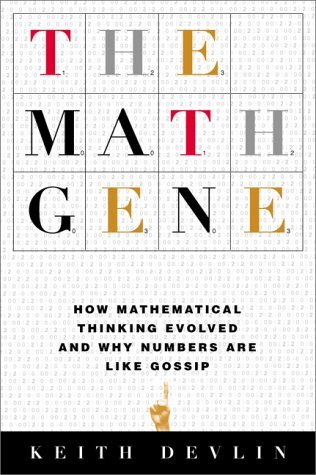
-
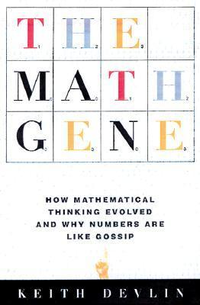
-

-
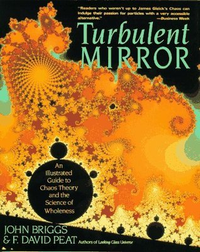
-

-
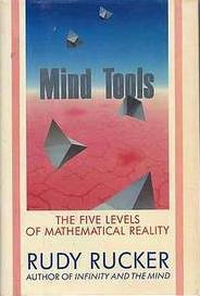 Mind Tools: The Five Levels of Mathematical Reality
Mind Tools: The Five Levels of Mathematical Realityby Rudy Rucker
-
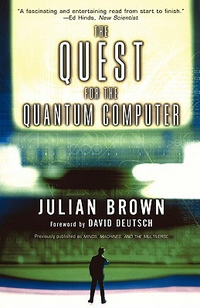 The Quest for the Quantum Computer
The Quest for the Quantum Computerby Julian Brown
-
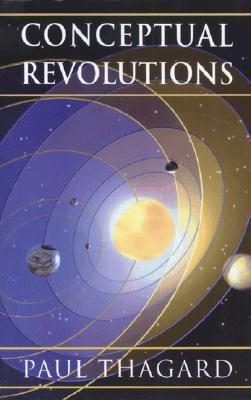 Conceptual Revolutions
Conceptual Revolutionsby Paul Thagard
-

-
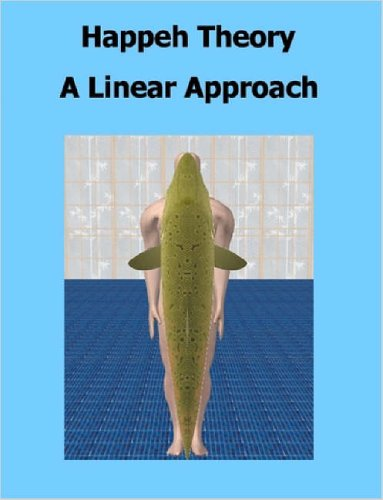 Happeh Theory - A Linear Approach
Happeh Theory - A Linear Approachby Jalon Anderson
-
